Hoya Australis Lisa Wax Plant 12cm pot
£12.00
Out of stock
The Hoya Australis Lisa showcases beautiful round, waxy leaves with creamy, yellow and pink variegation The contrast between the lush green base colour and the soft cream and pink variegation will add a touch of colour to your indoor jungle.
Each Hoya Australis plant is carefully selected from our stock, ensuring that you receive a specimen of exceptional quality. The plants shown in the pictures represent examples of our actual stock, and while each plant is unique, you can expect to receive a plant with similar characteristics.
As a member of the Hoya family, sometimes also called wax plants due to shiny waxy leaves, the Australis Lisa thrives in bright indirect light. Place it near a window where it can receive plenty of filtered sunlight to ensure its optimal growth and leaf variegation. The plant can handle also direct morning and after-afternoon sunlight. Water the plant when the soil becomes dry, and be mindful not to overwater as Hoyas prefer well-draining soil.
One of the highlights of the Hoya Australis ‘Lisa’ is its clusters of delicate, star-shaped flowers that emit a sweet fragrance. These blooms appear in shades of pink or white, adding a delightful touch to the overall charm of the plant. Currently, our plants are not blooming but in the proper care, you can anticipate the joy of witnessing these beautiful blossoms.
Originating from Australia, the Hoya Australis Lisa is a low-maintenance and resilient plant which makes it a great home and office plant. Ideal for beginners or as a birthday or housewarming gift for plant lovers!

Free Care Guide With Every Purchase
Scan the plant pot QR for instant access to our care guide for your plant. No hassle, no stress, just healthy and happy plants.
There are over 500 recognised species included in the genus Hoya (the number varies greatly due to discrepancy within the group and new species being discovered). Most Hoya plants are originary from Asia, Australasia and the Pacific islands. The Hoya genus was named by botanist Robert Brown, after his also botanist friend, Thomas Hoy.
Hoya species are found in rainforest, coastal and cliff habitats, where they may grow climbing on other plants (this pattern is also known as epiphytic), forming vines, and occasionally, shrubs.
Pet Friendly
- How often should I water my Hoya Australis Lisa?
- Water the plant when the top inch of soil feels dry. Ensure the pot has good drainage to prevent waterlogging, as Hoyas are susceptible to root rot if kept too wet.
- Can the Hoya Australis Lisa thrive in low light environments?
- While it can survive in medium light, it prefers bright, indirect light to maintain vibrant leaf variegation and encourage blooming. Low light may lead to less frequent flowers and duller leaf colours.
- Is the Hoya Australis Lisa suitable for homes with pets?
- Yes, this plant is pet-friendly. It does not contain toxins that are harmful to cats or dogs, making it a safe choice for pet owners.
☀️ Light
☀️☀️▫️ (Medium)
The Hoya Australis Lisa thrives in bright, indirect light. A spot near a window with filtered sunlight is ideal. It can also tolerate direct sunlight in the morning and late afternoon. Proper lighting is crucial for maintaining the vibrant variegation of the leaves.
💧 Water
💧💧▫️ (Medium)
Water your Hoya when the topsoil feels dry to the touch. These plants prefer well-draining soil and do not like to sit in water. Ensure thorough drainage to avoid root rot, and reduce watering in the winter months.
🌡️ Temperature
🌡️🌡️▫️ (Average)
Hoyas enjoy a typical indoor temperature range between 18°C to 24°C. They can tolerate a bit cooler or warmer climates but avoid drastic temperature changes which can stress the plant.
💦 Humidity
💦💦▫️ (Moderate)
This plant does well in moderate to high humidity environments (60% – 80%). If your home is on the drier side, consider using a humidifier or placing the plant in naturally humid areas like kitchens or bathrooms.
🪴 Repotting
Hoya Australis Lisa should be repotted every 2-3 years or when it outgrows its pot. Use a well-draining potting mix, ideally formulated for epiphytic plants like orchids or hoyas, to ensure the health of your plant.
🐾 Pet Friendliness
This plant is non-toxic and safe for pets. You can feel comfortable placing it in accessible areas without worrying about the health of your furry friends.
🏠 Recommended locations at home
Consider placing your Hoya in well-lit bathrooms, kitchens, or near north or east-facing windows. They can also be great additions to bedrooms if there’s sufficient light.
🌿 Air Purifying
While Hoyas are not specifically known for their air-purifying abilities, they do contribute to a healthier indoor environment by adding moisture to the air and improving your home’s ambiance.
✨ Other Plant Features
Beyond its striking foliage, the Hoya Australis Lisa occasionally produces clusters of star-shaped flowers that emit a delightful fragrance. These features make it not only a visually appealing houseplant but also a sensory delight.
Remember, if you have any more questions about caring for your Hoya or any other plants, feel free to ask Mossbot on our website. We also offer a free plant hospital service if your plant pals are feeling under the weather. Don’t hesitate to contact us through our website for any plant care queries.
| 5 star | 96% | |
| 4 star | 3% | |
| 3 star | 1% | |
| 2 star | 0% | |
| 1 star | 0% |
1-5 of 1355 reviews
Reviews
There are no reviews yet
Add a review
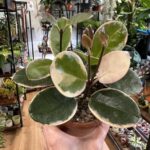 Hoya Australis Lisa Wax Plant 12cm pot
Hoya Australis Lisa Wax Plant 12cm pot
Your review
* Review is required
Name
* Name is required
Email
* Email is required
Add photos or video to your review
* Please tick the checkbox to proceed
We’re a small family business with a big love for plants.
From our base in Aberdeen, we pack every order with care and love. Our small size means we can be flexible with special requests, and we’re always happy to help. We reuse packaging, craft our own eco-friendly products, and offer friendly advice whenever you need it.
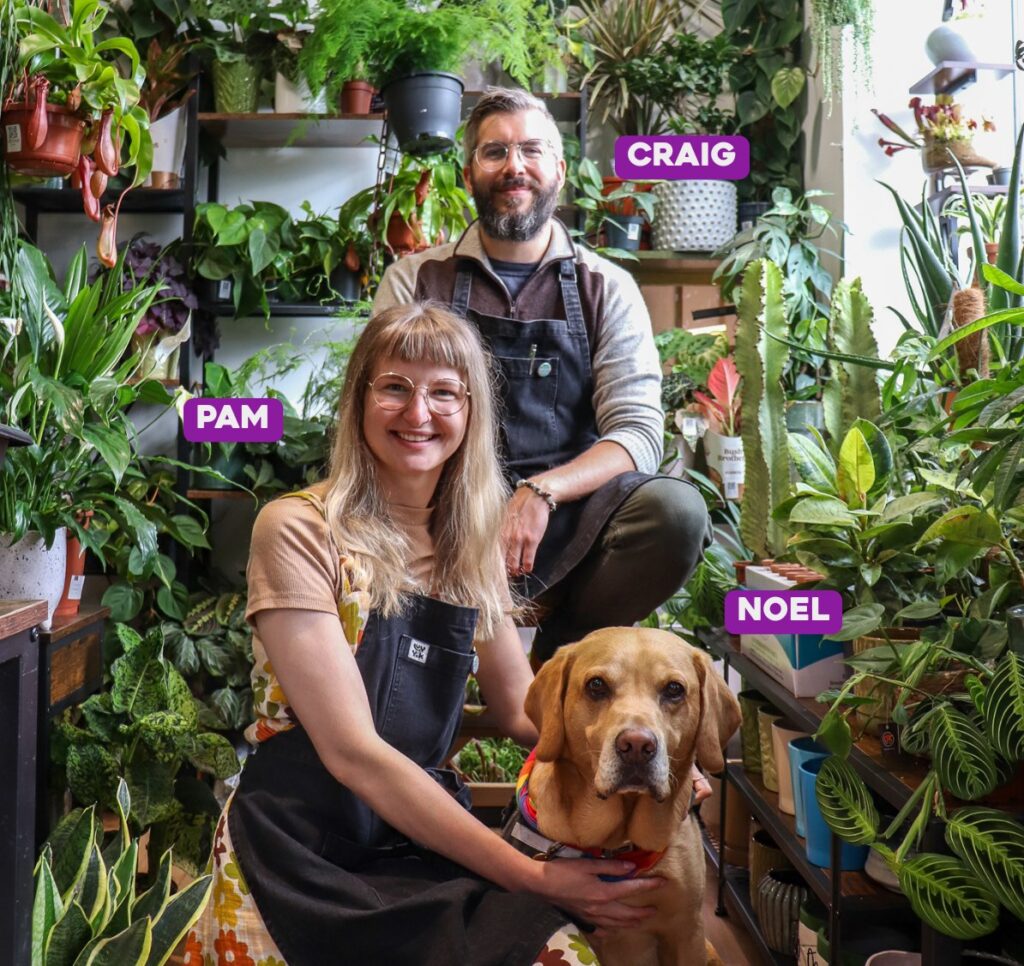
Follow us for plant inspiration, tips & behind-the-scenes!
See our opening times and get directions to our Aberdeen shop – we always love a local review too!
Highland Moss
What Our Clients Say


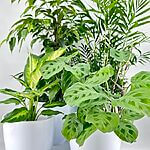



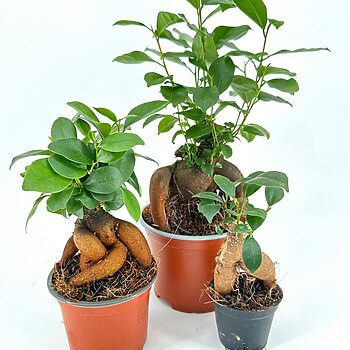






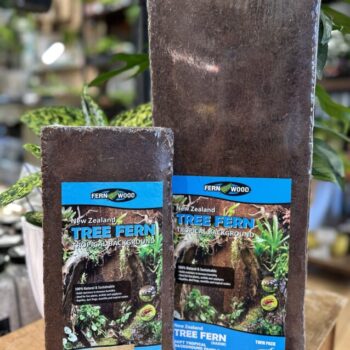
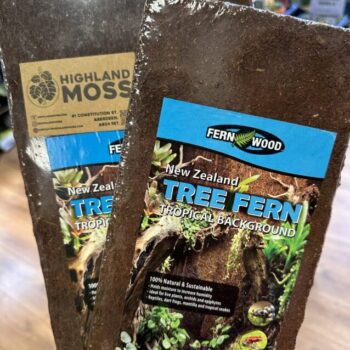
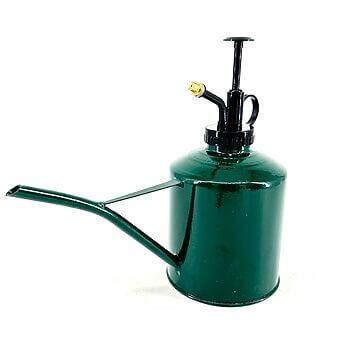

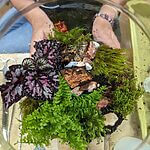


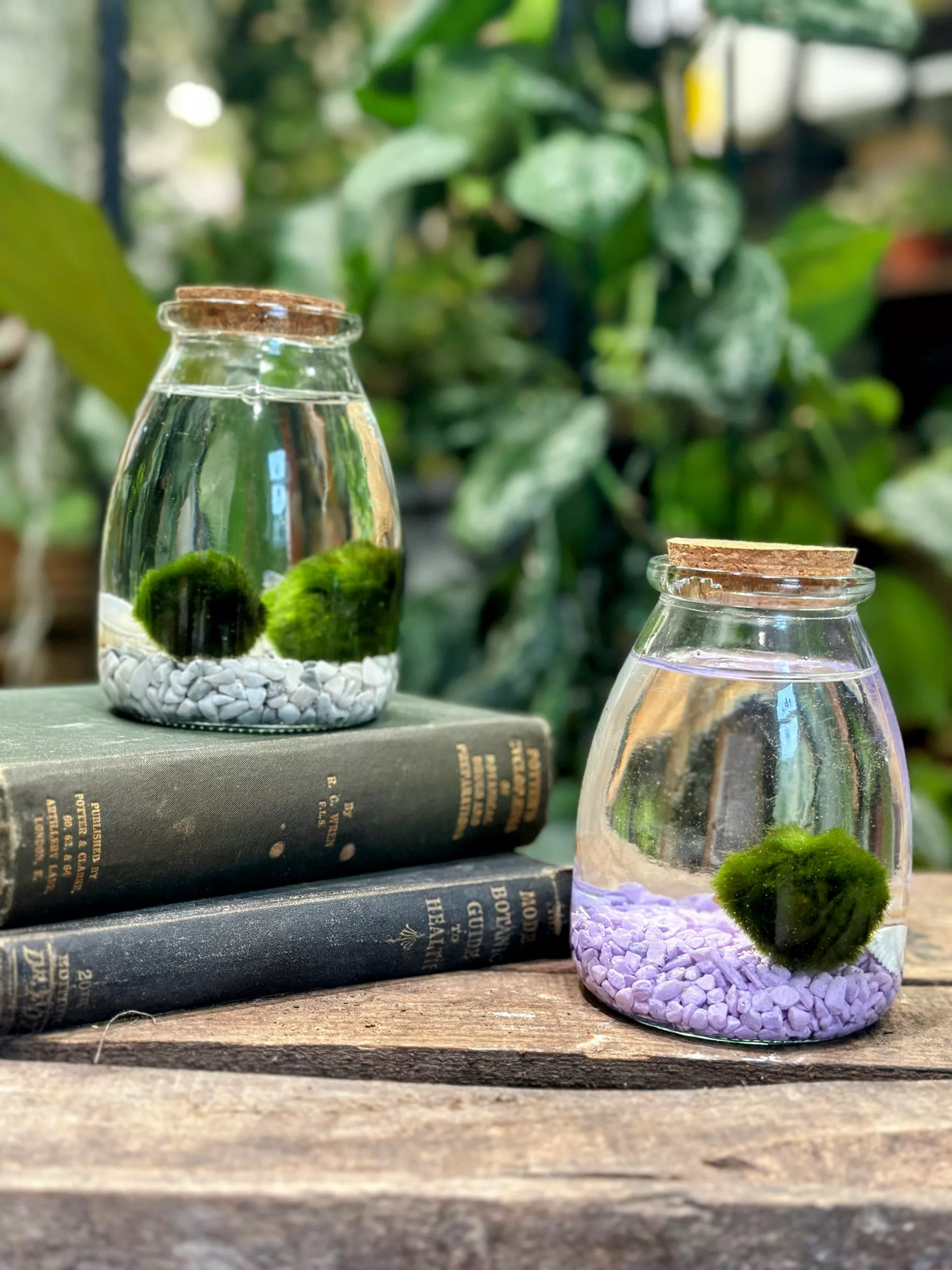
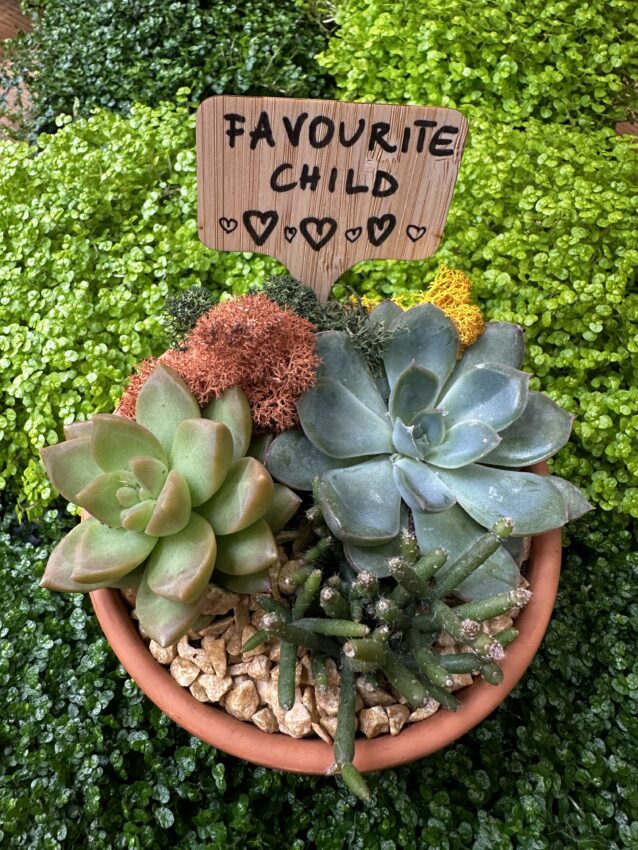


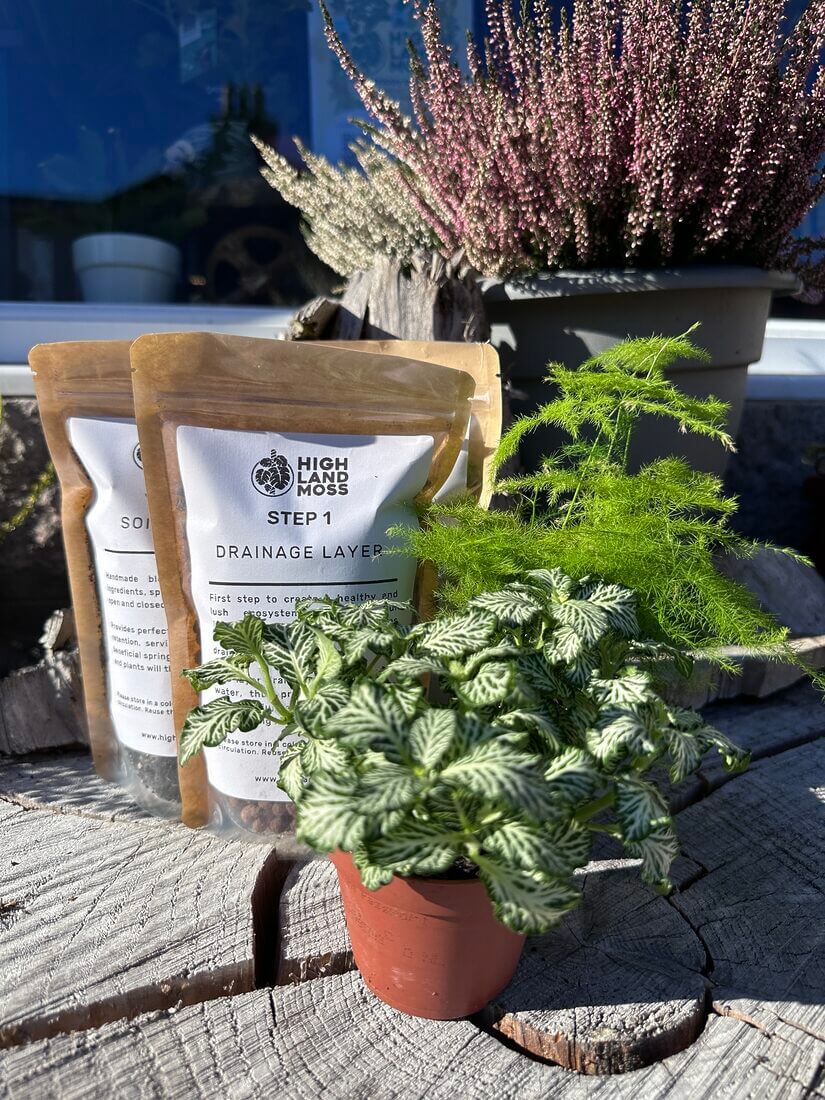

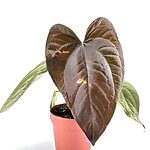


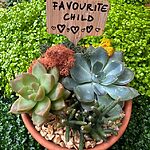
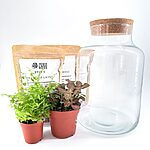
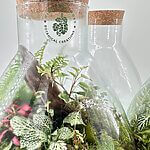
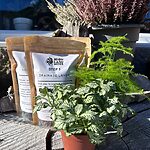










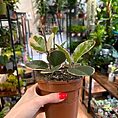
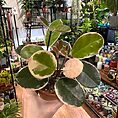
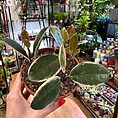



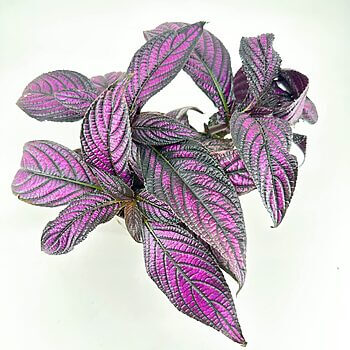


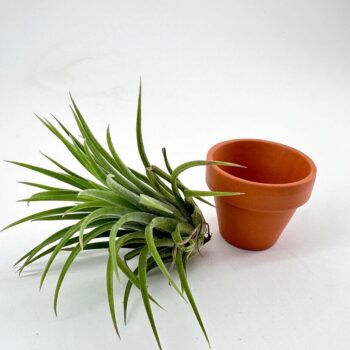
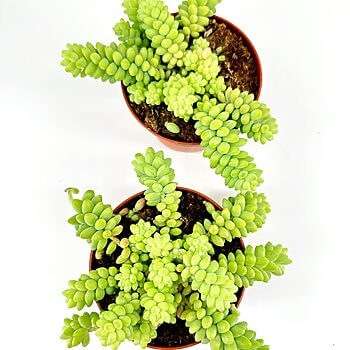

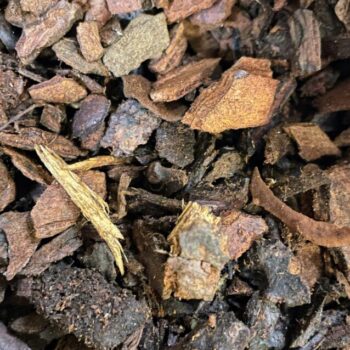
The plants are well taken care of and from the few times I’ve bought from them never had any issues with the plants. 10/10 care would definitely recommend buying either only or in person.
Really excellent service. I ordered Dicranum that was delivered in great and 24 hours. Will be using again!
No issues.